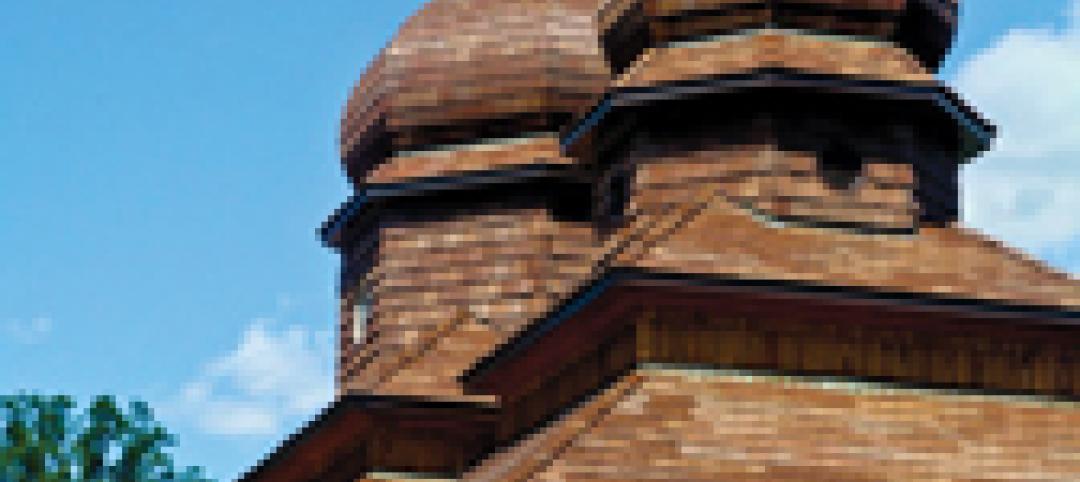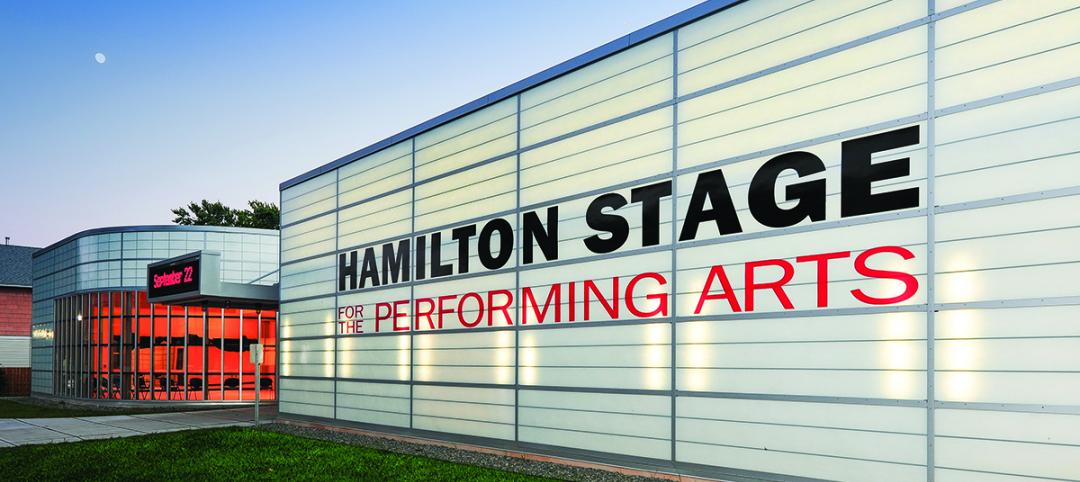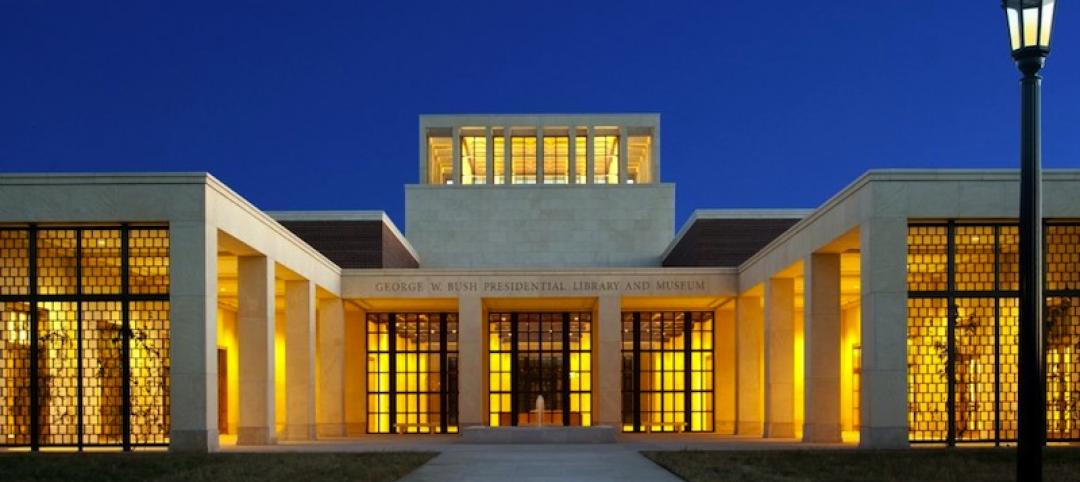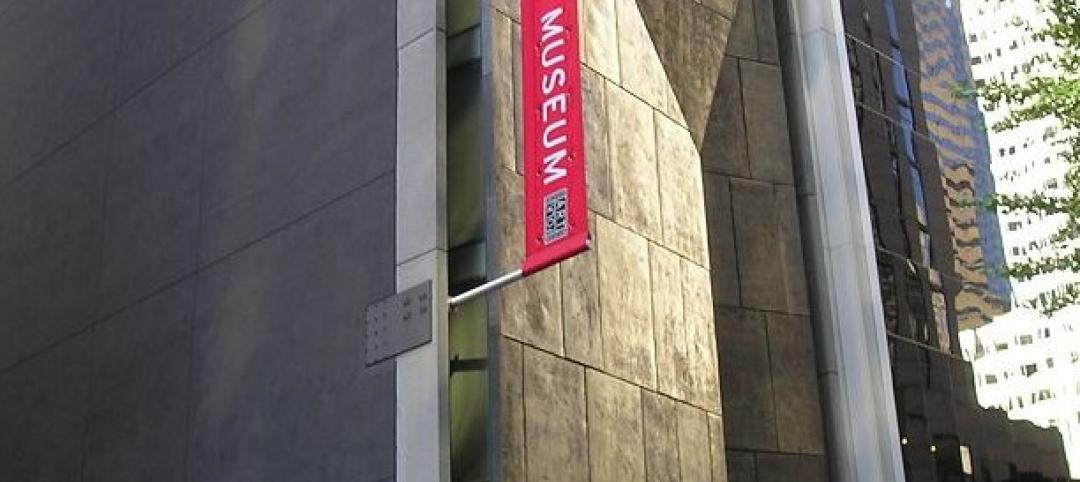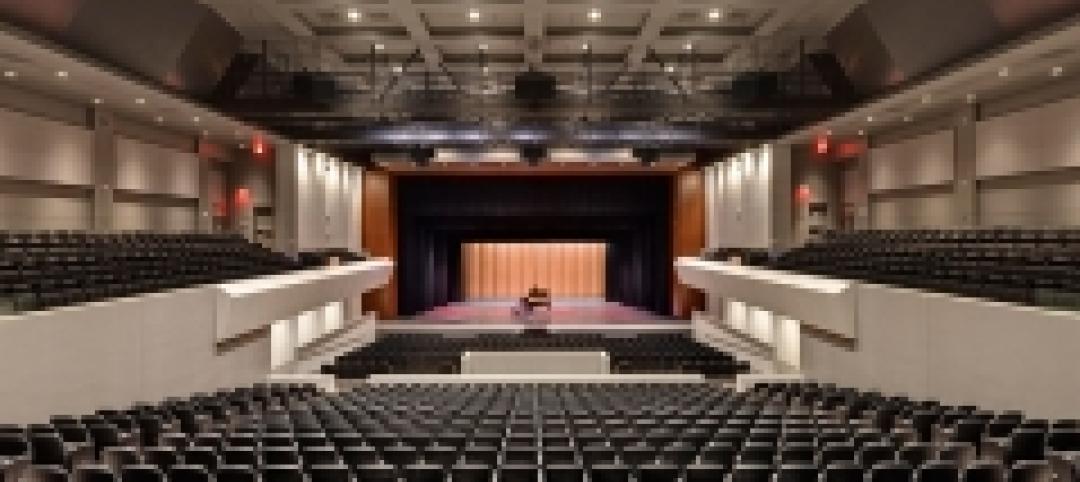 |
|
The newly renovated Fox Oakland Theater is the centerpiece of a plan to revitalize the Uptown district and bring people back to downtoan Oakland. The theater had been boarded up since 1966. |
The story of the Fox Oakland Theater is like that of so many movie palaces of the early 20th century. Built in 1928 based on a Middle Eastern-influenced design by architect Charles Peter Weeks and engineer William Peyton Day, the 3,400-seat cinema flourished until the mid-1960s, when the trend toward smaller multiplex theaters took its toll on the Fox Oakland.
The theater closed in 1966 and dodged demolition several times before making the National Register of Historic Places in 1979. It would remain vacant and in shambles for nearly two decades.
In 1996, then-Mayor Jerry Brown—at the urging of a citizens group called the Friends of the Fox—designated the Fox Oakland Theater the centerpiece of a plan to revitalize the Uptown district and bring people back to the city's core. The city purchased the building and, following several restoration projects between 1999 and 2001 to repair the roof and marquee, embarked on an all-out effort to modernize and transform the theater into world-class performing arts venue and dance school for the Oakland School for the Arts.
 |
|
The Building Team used a series of braces, shear walls, reinforced slabs, and buttresses to stabilize both the new and existing structures without adversely impacting the visual grandeur of the theater. |
Key to the mayor's plan was a public-private funding approach proposed by local developer Phil Tagami that would help cover the $87 million price tag for the project, which included a complete restoration and seismic retrofit of the theater and construction of twin three-story wings for the dance school.
Tagami established both nonprofit and for-profit entities that could contribute funds to the project and benefit from available tax credits and grants. He also worked with city officials and the project's construction manager, Turner Construction, to involve as many local firms and minority- women-owned business enterprises as possible.
“I like how they involved so much of the local workforce,” said Reconstruction Awards judge Matthew H. Johnson, PE, associate principal with Simpson Gumpertz & Heger, Waltham, Mass. “The team split the sub packages into small pieces so that virtually any local firm could work one of the projects.”
To make this delivery approach feasible, the team had to obtain city council approval for a special contracting approach that permitted engaging multiple entities under a management structure. Such an approach is unusual in city projects, which normally are bid in a public, low-bid process that also involves a claims and dispute component. In all, the project created 394 construction jobs, roughly half of which were performed by local workers.
The project scope encompassed 17 major components, including restoring the theater, stage, fly-loft, and supporting infrastructure; stabilizing the 60-foot-tall dome structure over the entrance; reconfiguring the theater floors, stage, orchestra pit, rigging, proscenium, and theater controls; adding theater power, lighting, sound, and air-conditioning systems; and constructing the twin 20,000-sf additions.
But it was the seismic retrofit efforts led by Oakland-based KPA Group that received the most praise from the Reconstruction Awards judges. They were particularly impressed with the Building Team's ability to stabilize both the new and existing structures without adversely impacting the visual grandeur of the theater. The effort involved devising multiple solutions (see diagram), including:
-
Reducing the seismic demands on the main roof diaphragm by inserting new buttresses on each side of the roof mid-span of the diaphragm. These buttresses were also utilized to stabilize the farthest end of the cantilevered balcony structure, eliminating torsion and reducing the demand on the back of theater wall.
-
Reinforcing the proscenium wall and the back-of-theater wall with shotcrete walls and steel framing. The new walls were placed behind existing heavily ornamented walls and are hidden from view.
-
Stabilizing the dome structure with twin U-shaped walls constructed immediately to the north and south of the entrance structure and doweled into the existing walls. The new walls were then interconnected to each other and to the sides of the entrance structure at several levels, thereby boxing the entire dome and entrance building inside new well-reinforced walls designed for the entire lateral load of the dome and entrance structure under the dome.
-
Stabilizing existing brick walls by connecting the brick to a series of structural tubes epoxy bolted into the back of the walls. New steel channels were added to brick pilasters that, in turn, were integrated as part of the street-level façade of the new school buildings.
-
Incorporating a series of horizontal steel tubes, shear walls, a horizontal steel diaphragm structure, and a reinforced slab on grade to stabilize the wraparound buildings.
“It was a good, clean job,” said SGH's Johnson of. “I think they did the seismic retrofit intelligently.”
Related Stories
| Apr 19, 2013
Must see: Shell of gutted church on stilts, 40 feet off the ground
Construction crews are going to extremes to save the ornate brick façade of the Provo (Utah) Tabernacle temple, which was ravaged by a fire in December 2010.
| Apr 17, 2013
First look: Renzo Piano's glass-domed motion pictures museum
The Academy of Motion Picture Arts and Sciences last week released preliminary plans for its $300 million Academy of Motion Picture Arts and Sciences museum in Los Angeles, designed by Renzo Piano and local architect Zoltan Pali.
| Apr 16, 2013
5 projects that profited from insulated metal panels
From an orchid-shaped visitor center to California’s largest public works project, each of these projects benefited from IMP technology.
| Apr 12, 2013
Nation's first 'food forest' planned in Seattle
Seattle's Beacon Food Forest project is transforming a seven-acre lot in the city’s Beacon Hill neighborhood into a self-sustaining, edible public park.
| Apr 12, 2013
Chicago rail conversion puts local twist on High Line strategy
Plans are moving forward to convert an unused, century-old Chicago rail artery to a 2.7 mile, 13 acre recreational facility and transit corridor.
| Apr 11, 2013
George W. Bush Presidential Center achieves LEED Platinum certification
The George W. Bush Presidential Center announced today it has earned Platinum certification by the U.S. Green Building Council’s Leadership in Energy and Environmental Design program. The Bush Center is the first presidential library to achieve LEED Platinum certification under New Construction.
| Apr 11, 2013
American Folk Art Museum, opened in 2001, to be demolished
Just 12 years old, the museum designed by Tod Williams and Billie Tsien will be taken down to make way for MoMA expansion.
| Apr 5, 2013
Snøhetta design creates groundbreaking high-tech library for NCSU
The new Hunt Library at North Carolina State University, Raleigh, incorporates advanced building features, including a five-story robotic bookBot automatic retrieval system that holds 2 million volumes in reduced space.


